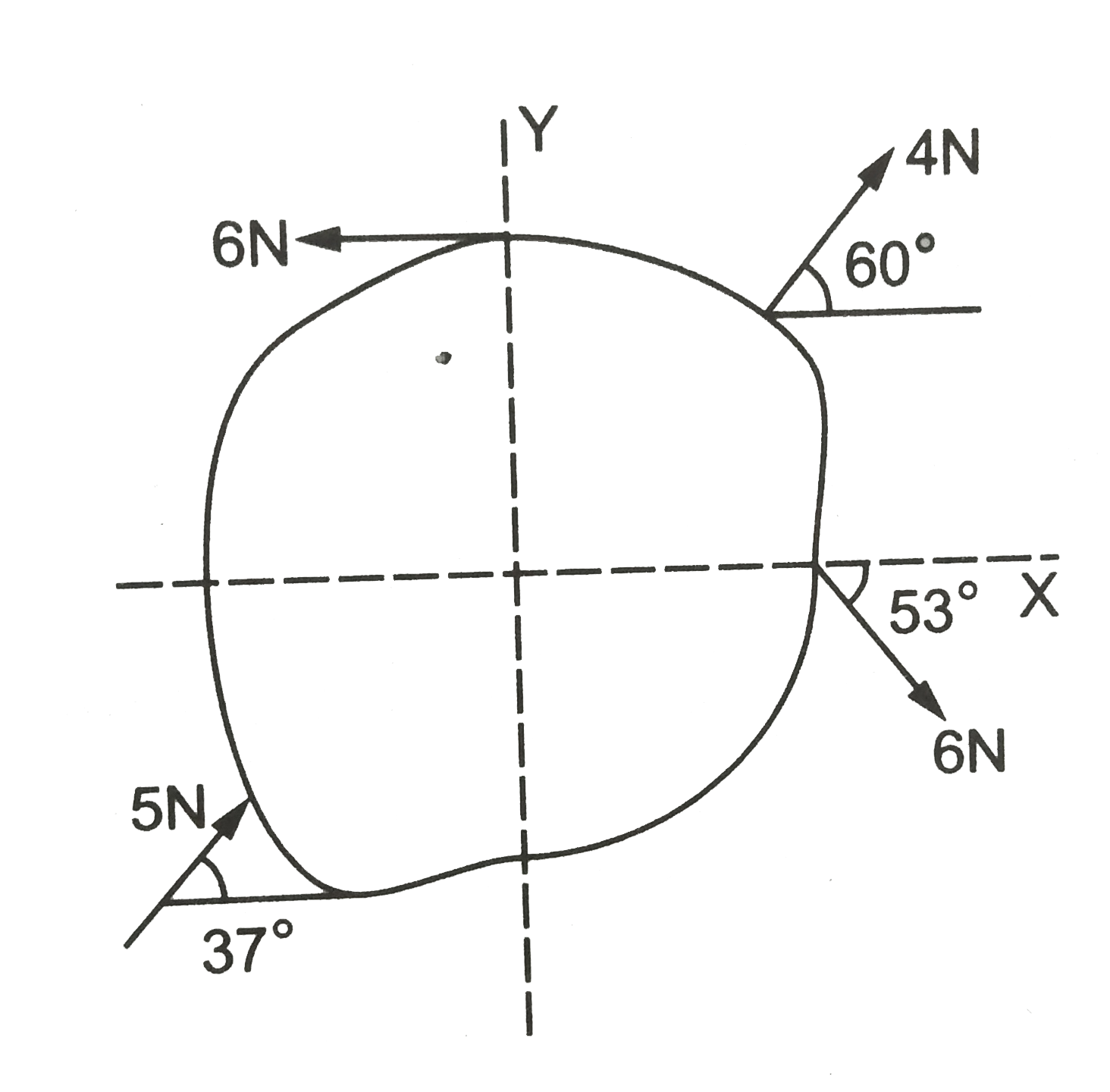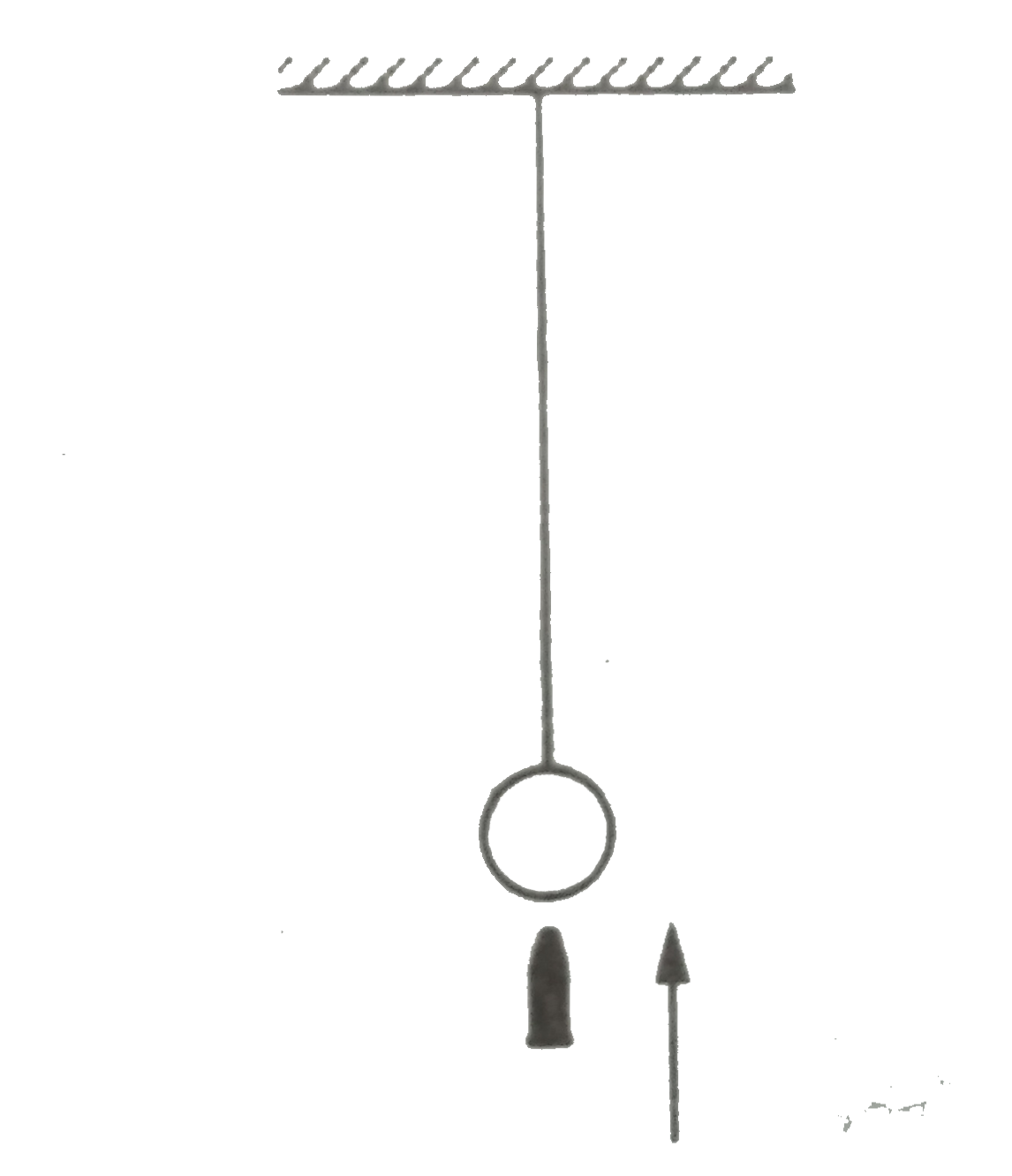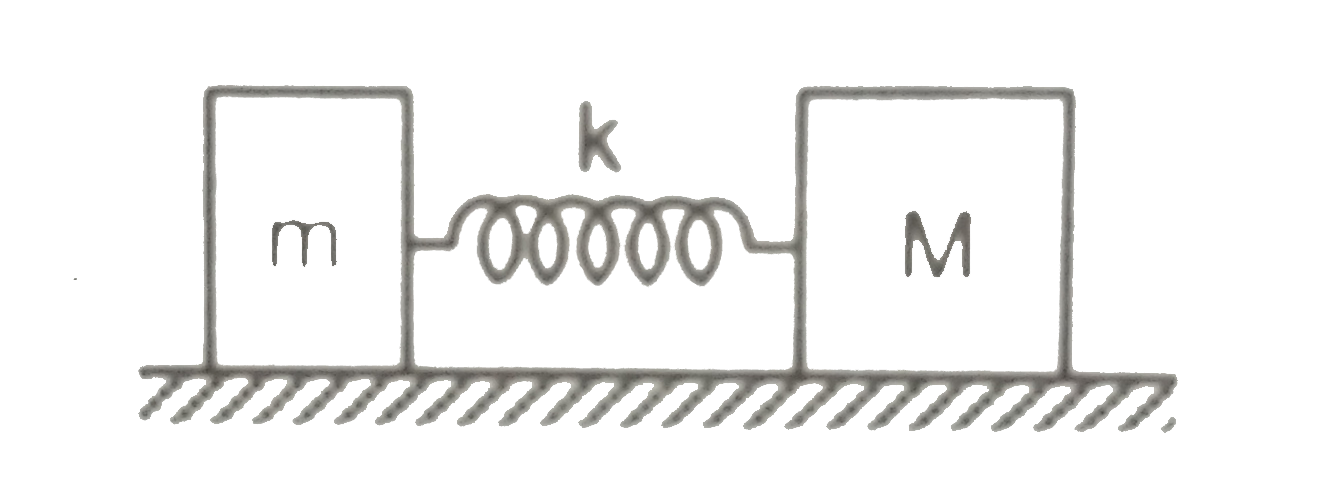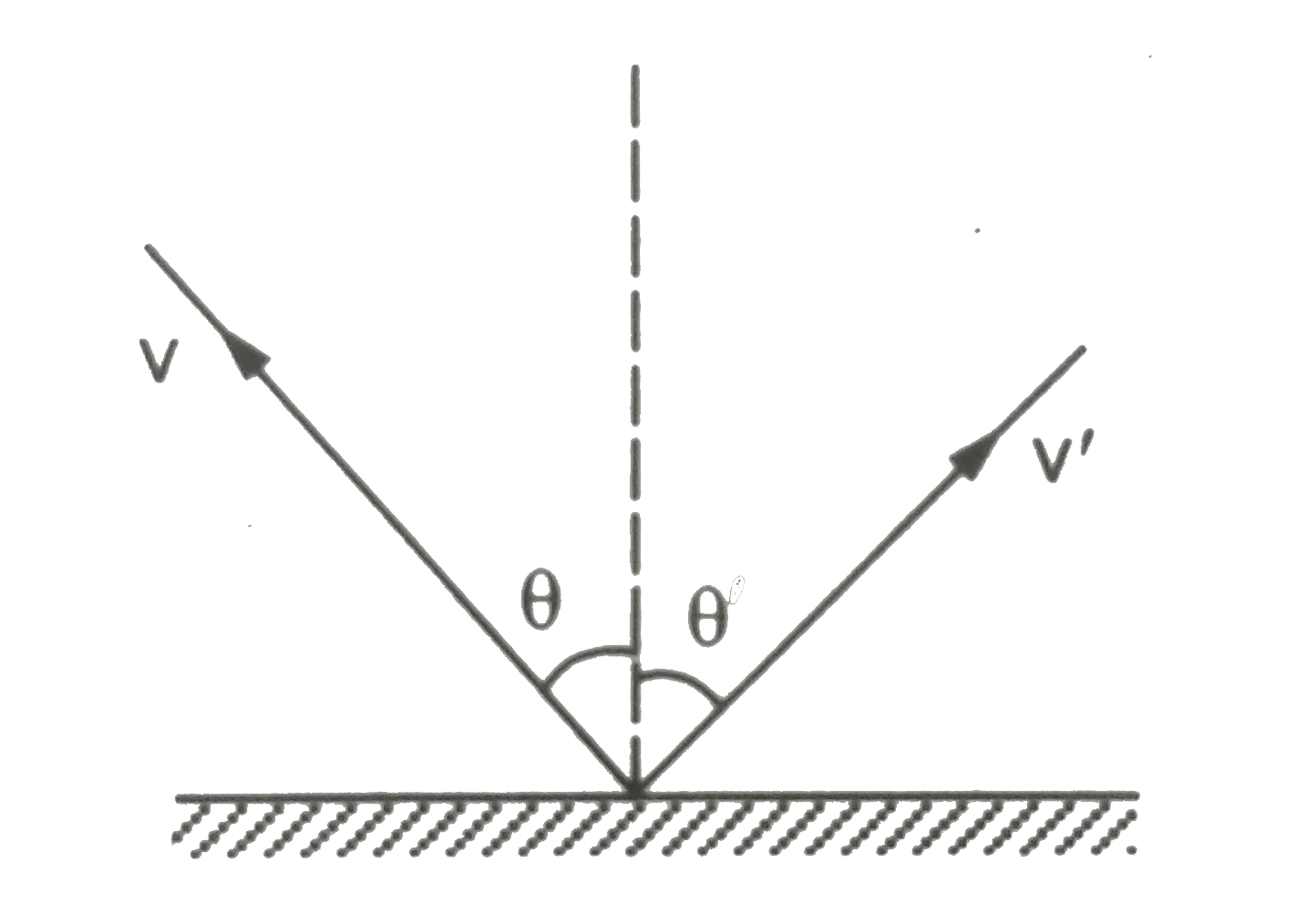Complete Solutions to worked out Examples of chapter CENTRE OF MASS, LINEAR MOMENTUM, COLLISION of Class 11 book with complete answers and questions
| Class 11 | PHYSICS |
| Chapter | CENTRE OF MASS, LINEAR MOMENTUM, COLLISION |
| HC VERMA | worked out Examples |
| Number Of Questions | 23 |
| Academic Year | 2023-24 |
Half of the recrtangular plate shown in figure is made of a material of density `rho_1` and the other half of density `rho_2`. The length of the plate is L. Locate the centre of mass of the plate.

View SolutionThe density of a rod of length L varies as `rho=A+Bx` where x is the distance from the left end. Locate the centre of mass.

View SolutionA cubical block of ice of mass m and edge L is placed in a large tray of mass M. If the ice melts, how far does the centre of mass of the system ''ice plus tray'' come down?
View SolutionConsider a two particle system with the particles having masses `m_1 and m_2`. If the first particles pushed towards the centre of mass through a distance d, by what distance should the second particle be moved so as the keep the centre of mass at the same position?
View SolutionA body of mass 2.5 kg is subjected to the forces shown in figure. Find the acceleration of the centre of maas.

View SolutionTwo block of equal mass m are connected by an unstretched spring and the sytem is kept at rest on a frictionless horizontal surface. A constant force F is applied on one of the blocks puling it away from the other as shown in figure. a.Find the positon of the centre of mass at time t. b.If the extansion of the spring is `x_0` at time t find the displacement of the two blocks at this instant.
View SolutionA projectile is fired at a spedd of 100 m/s at an angel of `37^0` above the horizontal. At the highest point, the projectile breaks into two parts of mass ratio 1:3 the smaller coming to rest. Findthe distance from the launching point to the where the heavier piece lands.

View SolutionA block of mass M is placed on the top of a bigger block of mass 10 M as shown in figure. All the surfaces are frictionless. The system is released from rest, then the distance moved by the bigger block at the instant the smaller block reaches the ground :

View SolutionThe hero of a stunt film fires 50 g bullets from a machine gun, each at a speed of 1.0 km/s. If he fires 20 bullets in 4 seconds. What average force does he exert against the machine gun during this period?
View SolutionA block moving horizontally on a smooth surface with a speed of 20 m/s bursts into two equal parts continuing in the same direction. If one of the parts moves at 30 m/s, with what speed does the second part move and what is the fractional change in the kinetic energy?
View SolutionA car of mass M is moving with a uniform velocity `upsilon` on a horizontal road when the hero of a Hindi film drops himself on it from above. Taking the mass of the hero to be m what will be the velocity of the car after the event?
View SolutionA space shuttle while travelling at a speed of 4000 km/h with respect to the earth disconnects and ejects a module backward, weighing one sixth of the residual part. If the shuttle ejects the disconnected module at a speed of 100 km/h with respect to the state of the shuttle before the ejection, find the final velocity of the shuttle.
View SolutionA boy of mass 25 kg stands on a board of mass 10 kg which in turn is kept on a frictionless horizontal ice surface. The boy makes a jump with a velocity component 5m/s in a horizontal direction with respect to the ice. With what velocity does the board recoil? With what rate are the boy and the board seperate from each other?
View SolutionA man of mass m is standing on a platform of mass M kept on smooth ice. If the man starts moving on the platform with a speed v relative to the platform with what velocity relative to the ice does the platform recoil?
View SolutionA ball of mass m moving with a velocity v along X-axis, strikes another ball of mass 2m kept at rest. The first ball comes to rest after collision and the other breaks into two equal pieces. One of the pieces starts moving along Y-axis with a speed `v_1`. what will be the velocity of the other piece?
View SolutionA bullet of mass 50g if fired from below into the bob of mass 450g of a long simple pendulum as shown in Fig. The bullet remains inside the bob and the bob rises through a height of 1.8m. Find the speed of the bullet.Take `g=10 m/s^2`

View SolutionA light spring of spring constant k is kept compressed between two blocks of masses m and M on a smooth horizontal surface. When released, the blocks acquire velocities in opposite directions. The spring loses contact with the blocks when it acquires natural length. If the spring was initially compressed through a distance d find the final speeds of the two blocks.

View SolutionA block of mass m is connect to another block of mass M by a massless spring of spring constant k. The blocks are kept on a smooth horizontal plane. Initially the blocks are at rest and the spring is unsrtretched when a constnt force F starts acting on the block of mass M to pull it. Find the maximum extension of the spring.

View SolutionThe two balls shown in figure are identical the first moving at a speed v towards right and the second staying at rest. The wall at the extreme right is fixed. Assume all collisions to be elastic. Show that the speeds of the balls remain unchanged after all the collisions have taken place.

View SolutionA block of mass m moving at a velocity `upsilon` collides head on with another block of mass 2m at rest. If the coefficient of restitution is 1/2, find the velocities of the blocks after the collision.
View SolutionA block of mass 1.2 kg moving at a speed of 20 cm /s collides head on with a similar block kept at rest. The coefficient of restitution is 3/5. Find the loss of kinetic energy during the collision.
View SolutionA ball of a mass m hits the floor with as speed v making an angle of incidence `theta` with the normal. The coefficient of restitution is e. Find the speed of the reflected ball and the angle of reflection of the ball.
 `
`
View SolutionA block of mass m and a pan of equal mass are connected by a string going over a smooth light pulley as shown in figure. Initially the system is at rest when a particle of mass m falls on the pan and sticks to it. If the particle strikes the pan with a speed v find the speed with which the system moves just after the collision.
View Solution
worked out Examples questions and complete solutions for chapter CENTRE OF MASS, LINEAR MOMENTUM, COLLISION of HC VERMA PHYSICS (ENGLISH) of Class 11